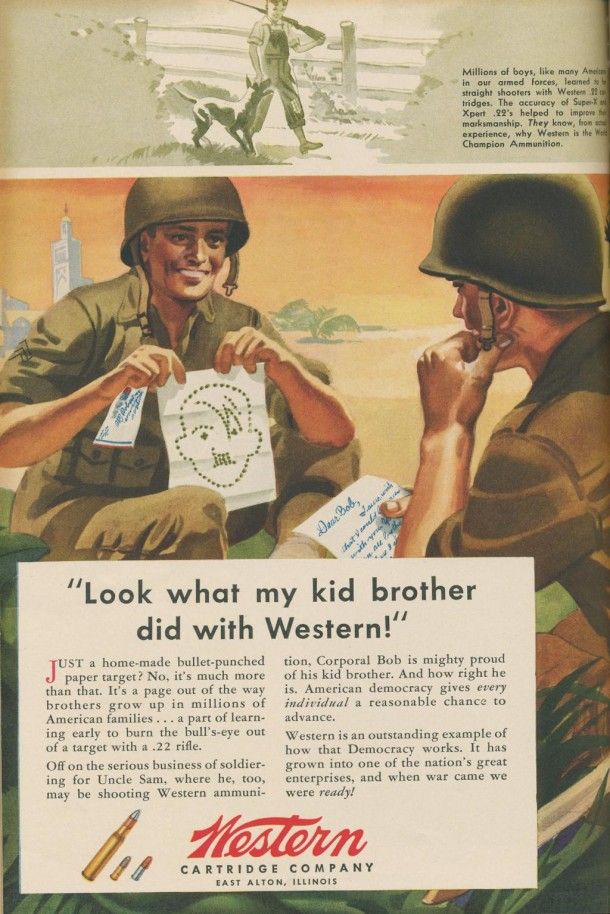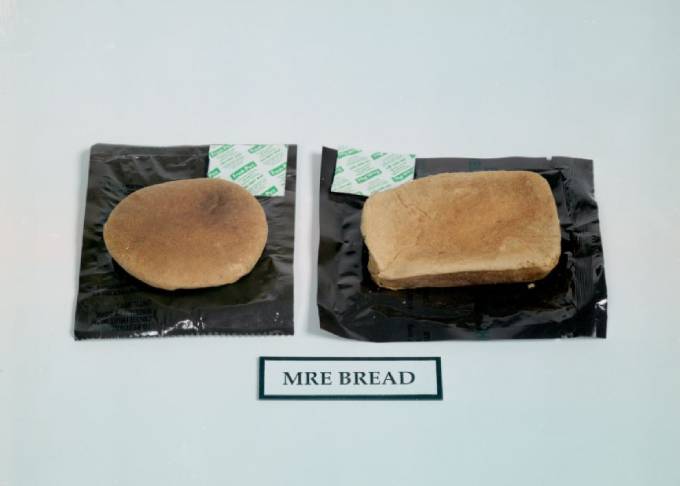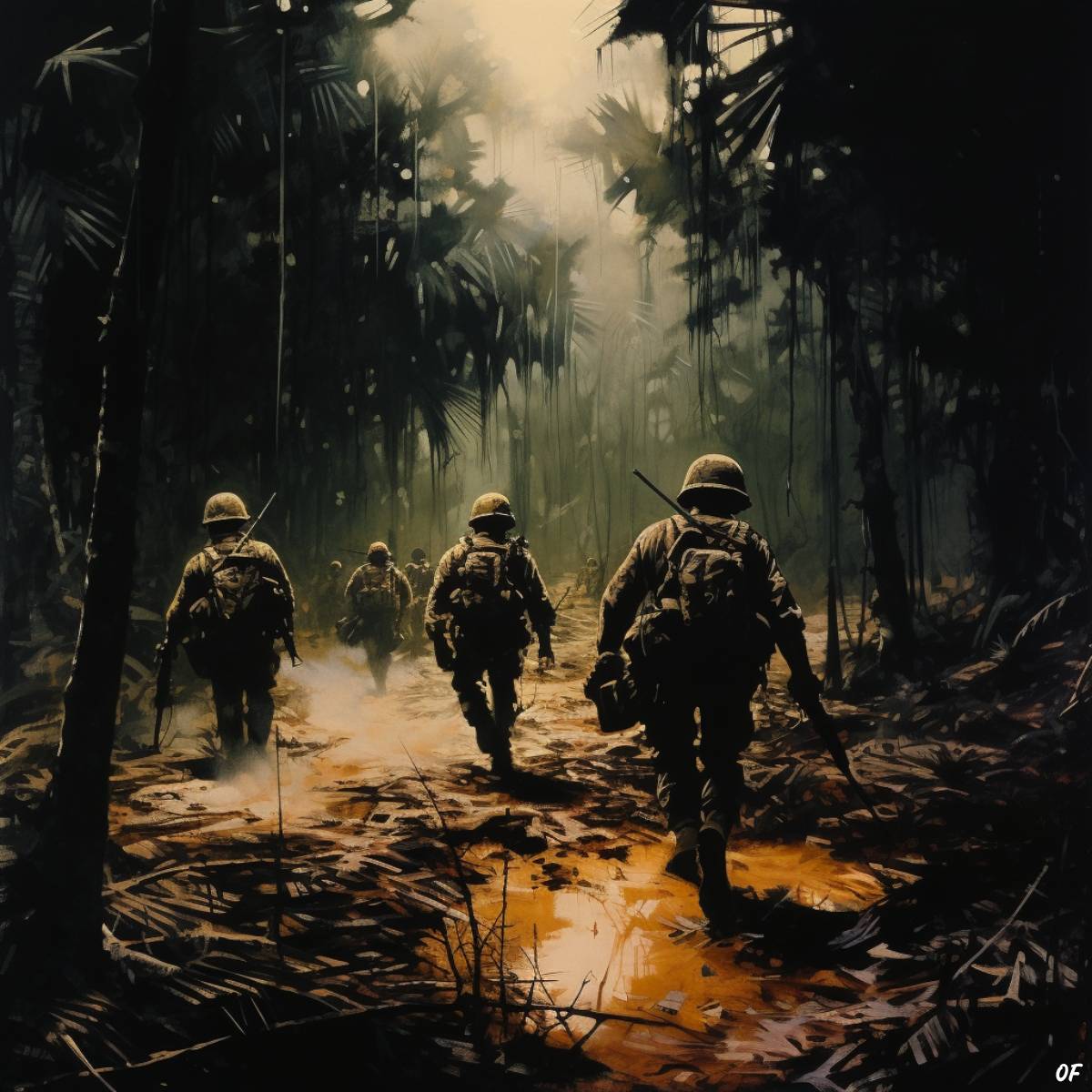Once basic training is done, you’ll be ready. To obey every command, to override the need for self-preservation, and be willing to face enemy troops in the name of freedom.
These training recruits and rank-and-file servicemen and women are sometimes referred to pejoratively as bullet catchers, newbies, or grunts throughout the world. In soldier talk, the term GI manages to capture this sarcasm with a degree of honor.
What does GI stand for?
It retains the same naïve greenhorn connotation but also connotates pride and standards. Militaries have many nicknames for their troops, but none are as pervasive as G.I. in the United States. The government-issued (GI) common American soldier came in every size: fresh graduate, movie star, poor and uneducated, while others were true patriots.
Some came by way of conscription, while others joined voluntarily. Commonly they were average soldiers capable of incredible feats with suitably standardized training, supplies, and equipment.

What can a Government Issue, freshly minted soldier expect?
Three meals daily, a work uniform, and health, dental and hair care were covered. So were the mass-produced, standardized items they used in daily life at work and play. While some might say, GI was a short form for ‘government issue’ or items subject to specific quality standards (and the pride of military brass), others in the armed forces see these ever-pervasive items less favorably.
What does GI (General Issue) mean to those in the military?
This is best explained through analogy. Most military bread slices are identical in every ration kit, comparable in size, weight, color, and nutritional value. They’re impervious to penetration but will tolerate a topping of military-grade chipped beef, aka SOS.
Regardless of what you think of these supplies, there is always an ambivalence and odd nostalgia toward them. They would feed, clothe and arm you well with great care but would never be ideal, so sarcasm and general issue would have to suffice.

What about the real American hero, GI Joe?
Most people have heard about GI Joe, the fast-flying mail pigeon from World War II. Although this namesake bird came first, the Hasbro action figure was modeled as an everyday near-invincible soldier.
Later came comic strips, films, books, and cartoons. Initially, the troops, army characters, and dolls were white and male. Later they added GI Jane and airmen to reflect better the actual composition and types of military personnel in each branch.
The real-life GIs weren’t all war heroes but were trained, shot at, and killed just like any other soldier. Average Joe’s from every color, creed, or background could make a difference in the fight for freedom.

Where did the term GI come from?
It didn’t always mean a standardized soldier or government-issued replacement parts. Despite extensive research by early 20th-century word expert Charles Funk, nobody knows where the English language term originated. However, there are many possible abbreviation options: general issue, gunnery instructor, ground infantry, galvanized iron (military trash cans made with galvanized iron stamped government issue), and others.
A modern dictionary definition might include all of these commonplace references. However, the most popular theory links to the typical American soldier’s experience in WWII.
So the term GI dates from the World War?
They all date between the mid-nineteenth to describe civil war soldiers (in the American Civil War) to the early 20th century (most often depicting American soldiers in WWII). Only the chipped beef version of the definition might cause gastrointestinal issues. But it isn’t all doom, gloom, and indigestion; the government takes care of its own.
What was the World War II GI Bill of Rights?
The GI Bill was initially passed in America by President Franklin Roosevelt as the Servicemen’s Readjustment Act of 1944. It was and is meant to help re-integrate soldiers during peacetime.
Before the war, some service people left jobs, long since gone; others were unemployed without skills and now looking for a civilian role. The Act helped fill this gap by offering home loan provisions, unemployment insurance, and property grants to get them on their feet when they returned home.
How did the GI Bill work, and who was entitled?
Your qualifying benefits varied based on your length of service and finishing rank. Over time the program evolved to expand benefits coverage, like home loans, to individuals beyond veterans, like war brides and extended families.

Washington wanted a seamless societal transition for those who served, from being drafted through service, discharge, and release.
America-forged GIs into the 21st-century
GI troops have not become a forgotten story but are intimately linked to modern American heritage and history.
The Elvis movies GI Blues and Hawaii Blues aren’t exactly blockbusters but speak to the GI homecoming experience in song. Besides, haven’t you ever seen soldiers wearing blue suede, waterproof tactical boots?


